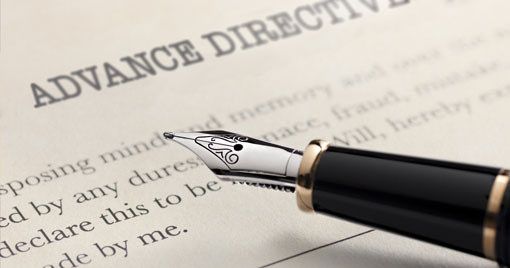You are 26, or 34, or 45. You are with your friends, or your significant other, or your children, enjoying yourself. A car hits you, or you only fall down, and you can no longer talk or speak or move. You may or may not be conscious. Even if you open your eyes, you aren’t there, yet you are still alive.
For years your relatives come into the room where you lay, a tube stuffed down your throat, blinking away the seconds, day after day. Finally, they remove the tube but don’t give you pain medication. They are sure that you can’t feel what is happening. You sit there and blink and starve until you are gone.
This living hell is regularly reported on and fought over in courtrooms and Congress, and you can avoid it all with a simple piece of paper. The famous example of this is Terri Schiavo, a vibrant 26-year-old who collapsed at home, suffering massive brain damage:
An advance directive is a document that tells the doctors what you want when you can’t tell them yourself.
It is simple enough to fill out an advance directive without guidance, but making sure it is effective and followed is another matter entirely. Here in the East Bay it is possible to file them with many major hospitals like Kaiser in advance, but a large number of doctors and nurses ignore advance directives because nobody filed them correctly. Many doctors, absent an advanced directive, will do anything to keep you alive. I for one want them to stop short of anything.


